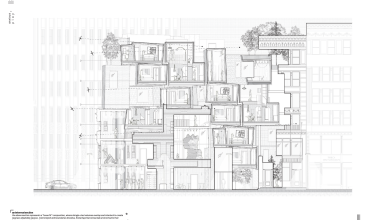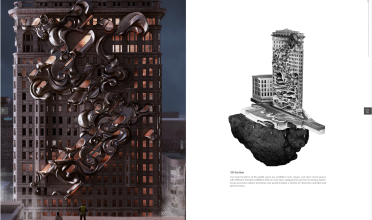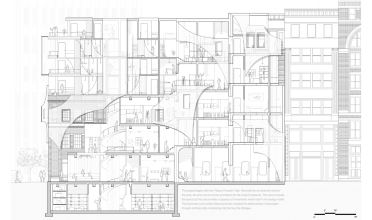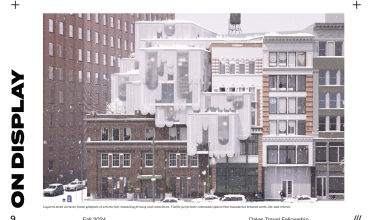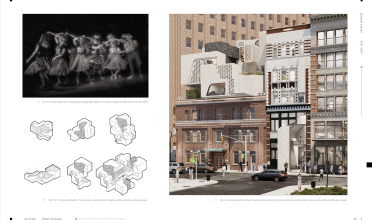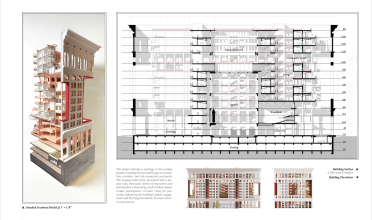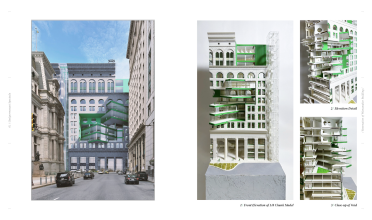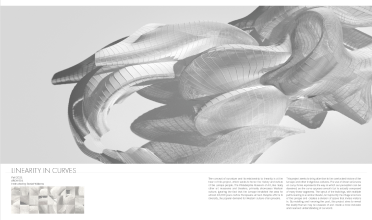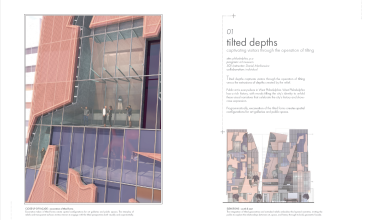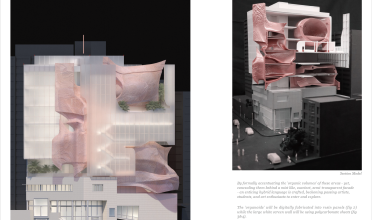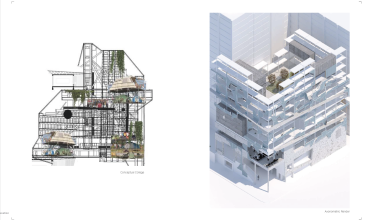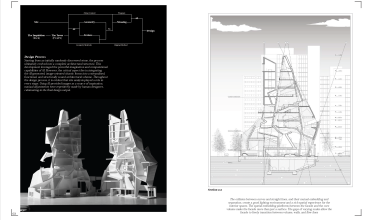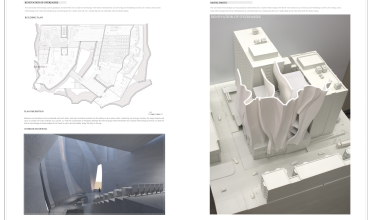The E. Lewis Dales Traveling Fellowships
The E. Lewis Dales Traveling Fellowships were established under his will in 1963 for travel abroad during the summer prior to the student's final year as a candidate for the first professional degree in architecture. Competition for these awards is conducted by the Department of Architecture in January.
Students are selected for the Fellowships through an anonymous portfolio competition judged during the first week of the spring semester by a committee comprised of standing and core studio faculty. The Dales Fellowships enable the Department to encourage students to begin the documentation and presentation of their work, a process that is integral to the development of a design ethic and to interviewing for a job.
Jury Process
The Weitzman Architecture Faculty Jury (see list below) evaluated 69 anonymous portfolio submissions. They were asked to score each portfolio and submit short statements on what they valued while assessing each portfolio. The 2024 Dales Fellowships will be awarded to the highest scoring submissions.
Jurors' Comments
The best portfolios reflect not only the quality of the work itself, but also the care taken in how that work is composed and presented. Graphic design and layout are not secondary; they are essential to structuring the content with clarity and intent. An excellent portfolio synthesizes individual projects within a larger conceptual and formal framework. Students who treated layout as a design problem in its own right produced compelling submissions that truly stood out.
My main criteria were the uniqueness of the portfolio in both concept and representation. To stand out in a dozen similar projects that are all product of the same studio briefs, it takes a determined voice, which was most evident in projects that prioritized larger contextual engagement rather than formal logic in isolation.
How is the portfolio structured and presented? Is there an overall coherence or flow to it or does it appear merely as a collection of individual pages/projects? A successful portfolio should reflect the author’s personality as well and have an attitude. How does a portfolio compel its audience and keep it engaged throughout (layout, graphics, order, etc.)?
The most important aspect was the quality of the work and design showcased in the portfolio. By that, I mean an interesting and engaging concept backed by a sufficient storyline to convey the ideas, along with compelling graphic representation. Many projects were interesting but lacked detailed descriptions and care in showcasing the work.
I was looking for examples of students who found ways to be inventive within the constraints of the problem or a formal system, including in how they found to represent and explore those intentions.
A logic that goes beyond pure form to explore and experiment with factors that impact the human experience.
Consistently strong work that explores multiple areas of architectural interest, which the student clearly defines and works to deepen their understanding of in each project.
An appreciation for craft and attention to detail in drawing, making, and storytelling throughout the portfolio.
Weitzman Architecture Department Faculty Jury
Rossana Hu, Andrew Saunders, Mike Avery, Annette Fierro, Richard Garber, Daniel Garcia, Nate Hume, Hina Jamelle, Simon Kim, Ferda Kolatan, Daniel Markiewicz, Ryan Palider, Eduardo Rega, Barry Wark, Ewa Kaszuba, Andrew Holder, Kristine Chung, Theodore Baab, Winka Dubbeldam, Marcello Galiotto, Alessandra Rampazzo, Danielle Willems, Laia Mogas Soldevila, and Brian Phillips

